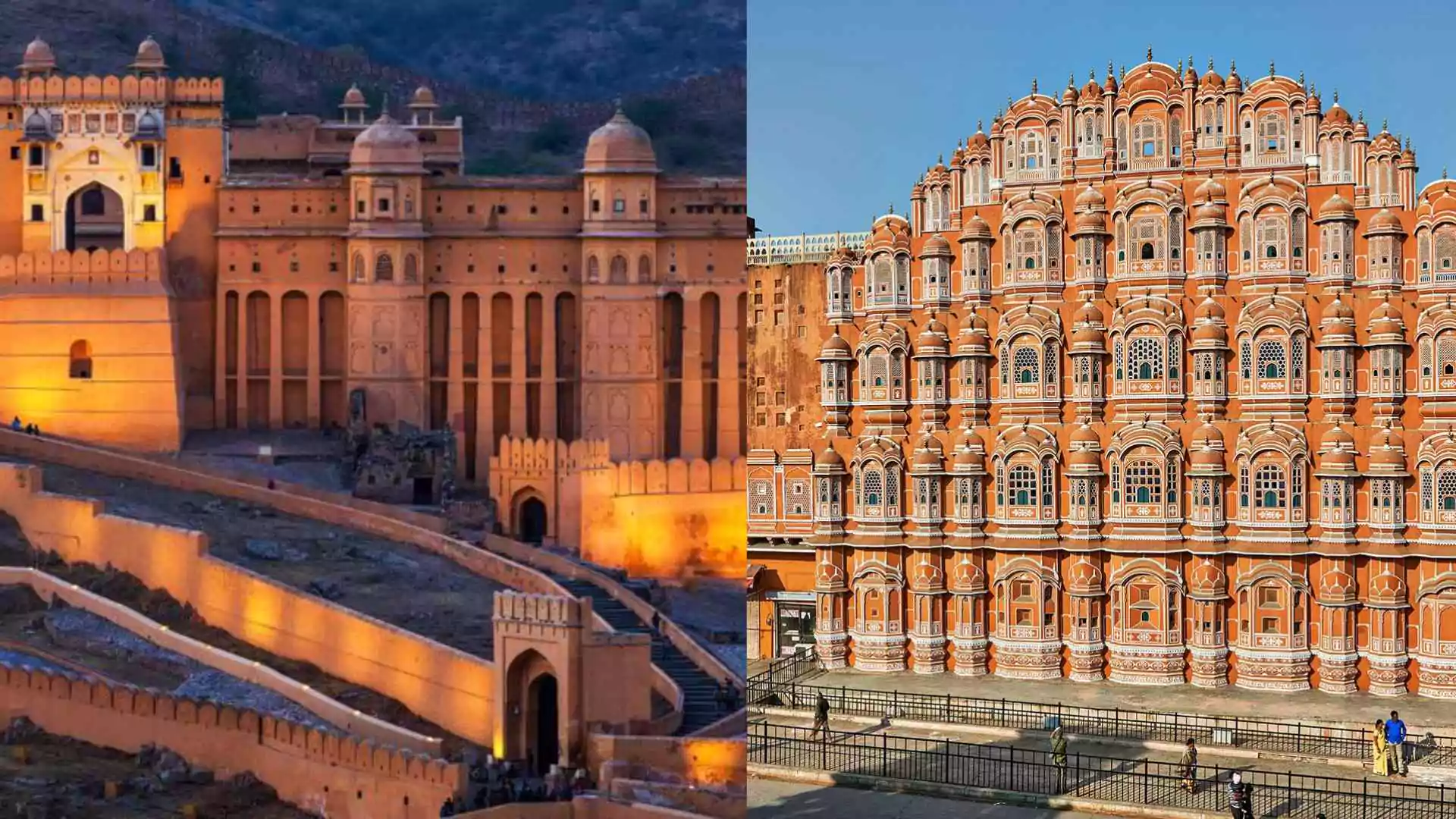A new report has revealed that 13 out of the world’s 20 most polluted cities are in India, with Byrnihat in Assam ranked as the most polluted city globally. The World Air Quality Report 2024, released on Tuesday by Swiss air quality technology company IQAir, highlights India’s ongoing air pollution crisis.
India’s Air Quality: Declining but Still Dangerous
According to the report, Delhi remains the most polluted capital city in the world, while India ranked as the fifth most polluted country in 2024, an improvement from third place in 2023.
The report also noted a slight decrease in pollution levels, with India recording a 7% drop in PM2.5 concentrations. The country’s average PM2.5 level in 2024 was 50.6 micrograms per cubic metre, compared to 54.4 micrograms per cubic metre in 2023. However, six out of the world’s 10 most polluted cities are still in India.
Delhi, one of the worst-affected cities, recorded an annual average PM2.5 concentration of 91.6 micrograms per cubic metre, showing little improvement from 92.7 micrograms per cubic metre in 2023.
Cities with the Worst Pollution Levels
The 13 Indian cities that made it to the list of the world’s 20 most polluted cities include:
- Byrnihat (Assam)
- Delhi
- Mullanpur (Punjab)
- Faridabad
- Loni
- New Delhi
- Gurugram
- Ganganagar
- Greater Noida
- Bhiwadi
- Muzaffarnagar
- Hanumangarh
- Noida
Overall, 35% of Indian cities recorded PM2.5 levels more than 10 times the World Health Organization (WHO) recommended limit of 5 micrograms per cubic metre.
Health Risks and Alarming Impact on Life Expectancy
Air pollution remains a severe public health crisis in India, with reports estimating that it reduces life expectancy by an average of 5.2 years.
A study published in The Lancet Planetary Health last year found that from 2009 to 2019, about 1.5 million deaths in India each year were potentially linked to long-term exposure to PM2.5 pollution.
PM2.5 refers to fine particulate matter smaller than 2.5 microns. These particles can penetrate deep into the lungs and even enter the bloodstream, causing severe health issues such as respiratory diseases, heart problems, and cancer. Major sources of PM2.5 pollution include vehicle emissions, industrial activities, and the burning of wood or agricultural waste.
Experts Call for Urgent Action
Former WHO chief scientist and health ministry advisor Soumya Swaminathan acknowledged India’s progress in air quality data collection but stressed the need for more action.
“We have the data; now we need action. Some solutions are easy, like replacing biomass with LPG. India already has a scheme for this, but we must further subsidize additional cylinders. The first cylinder is free, but the poorest families, especially women, should receive higher subsidies. This will improve their health and reduce outdoor air pollution,” she told PTI in an interview.
Possible Solutions for Cleaner Air
Swaminathan suggested that cities could reduce pollution by improving public transport and imposing stricter fines on high-emission vehicles.
“A mix of incentives and penalties is necessary,” she said.
She also emphasized the need for strict enforcement of environmental laws. “Finally, strict enforcement of emission laws is crucial. Industries and construction sites must comply with regulations and install equipment to cut emissions instead of taking shortcuts,” she added.
As India continues to battle air pollution, experts agree that urgent measures are needed to improve air quality and protect public health.






















